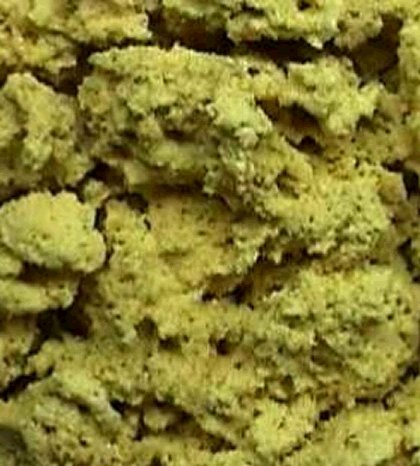Zi He Che

  | Zi He Che in TCM:Explore the properties of Zi He Che according to Chinese
Nutrition and Traditional Chinese Medicine (TCM):
Factoids:
English Name: placenta, dried human placenta
Pharmacuetical Name: Placenta Hominis
Properties: sweet, salty, warm
Temperature: warm
Channels: LU, KD, LV
Flavors: sweet, salty
Tonifies: yang
Special Properties:
essence, circulates qi, circulates blood
Actions / Indications:
- Tonifies KD yang; augments essence (infertility,
spermatorrhea, impotence, lightheadedness, low back pain, tinnitus)
- Augments qi; nourishes blood (pallor, emaciation,
shortness of breath or insufficient lactation after childbirth; unremitting
seizure)
- Tonifies LU and KD; helps KD grasp qi (emaciation
and debility as well as chronic cases of wheezing and cough; especially
useful between acute asthmatic attacks or consumption with night sweats)
Special Notes:
- Human placenta is no longer used today, but it was replaced with placenta from pigs, goats, or cattle.
- Fun Fact: Did you know that many mammals, such as cats and dogs, eat their placenta after giving birth? Chinese medicine teaches that the placenta contains valuable minerals for helping to replenish the mother's blood after giving birth.
- Fun fact: placental stem cell therapy is gaining popularity as an alternative to treat pain and chronic disease such as COPD. It is thought that fresh placenta can be harvested at the time of birth, cryo frozen, and then thawed and injected into human patients to achieve remarkable results. The placenta is normally discarded at birth, and use of the placenta does not harm babies or cause abortions.
- In general this herb is not widely available due to restrictions on sale of placenta. While it is allowable to eat any other part of a pig, for instance, you are not allowed to take pig placenta that has been extracted into rice granules. These are the laws that we live under, hopefully someday these laws will be re-examined as to whether they are non-sensical.
Disclaimer: In accordance with our terms of service, by using this web site you agree that none of the information found on this web site constitutes medical advice. You should always consult your doctor before trying any particular food or herbal remedy to treat disease.
Folk remedies presented on this site are designed to address specifc TCM diagnoses, and are not one-size-fits-all. If you would like to learn more about Traditional Chinese Medicine (TCM) and how it relates to Chinese Nutrition, you can book in a free call with a licensed professional. There is no obligation to purchase.
[CLICK HERE for your free INITIAL CONSULTATION] |

